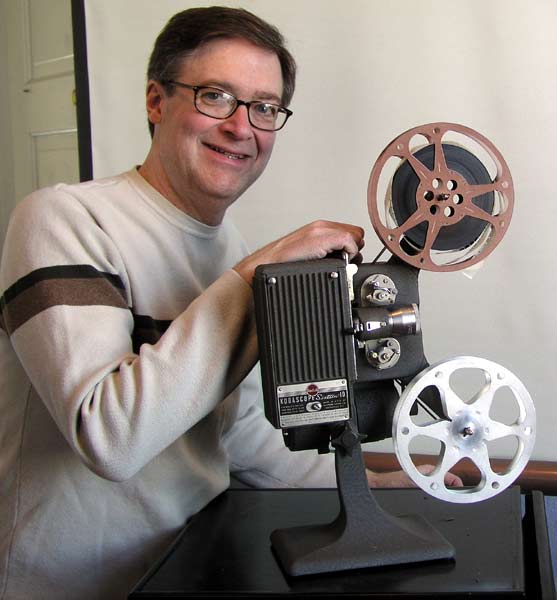Digital Photography-Same As Film!
A recent issue had an article about what photographers want in imaging software. The same magazine also had whining from some photographers that miss film, want to shoot without having to be tethered to a computer, and miss the art of "real" photography. Alright, hate to shock you guys, but DIGITAL is the same as FILM! Just the media for capturing the image in different. One big print quote in the magazine was "get us away from the computer and give us more time to shoot" (ok, so that's not an exact quote, but you get the idea).
Umm..you're not tethered to a computer. A computer is not required to use a digital camera. You can work just like it's a FILM camera. Go take pictures. Take the memory media to your favorite printer/processor and get your photos. There. That was easy. Ahh..but I hear you crying already "I can't do that..I don't know what I'm getting without the computer" OK, so...you're saying..when you were shooting with film you knew what you were getting before you got it processed? I don't think so! When you're shooting digital, do it as if you're shooting film! It's all in your mindset. Compose, expose, light, focus, just like you were shooting film! Turn off the LCD screen, use the viewfinder and pretend it's film! You get the same anticipation of the finished work. The camera is at least as capable as your film camera. Nothing says you have to tweak every shot in the computer! You want black and white? Set your camera to black and white and go shooting. That's the trouble with so many digital shooters these days. They get so used to shooting knowing they can fix it later..zoom in, crop, adjust the color balance, the contrast, remove the power lines from the edge of the landscape, whatever. Shoot like it's film. Go back to doing the art as you shoot instead of fixing it later. You'll enjoy the same thrill and satisfaction you did with film.
Of course, you can also reap the joys of both worlds. Shoot like you're shooting film, but still take advantage of the digital pluses. Delete the crummy shots. Check to see that you caught the moment. Adjust the camera color balance if you must. That's the beauty of digital. You CAN shoot like a film photographer, but not waste the film taking 8 shots of one scene to be sure you've got it! Shoot like it's film, knowing you can change from black and white to color, from a 50 iso to a 1000 iso if the situation warrants. Couldn't do that with film. If you really feel the need to torture yourself, get a few extra memory cards. Only shoot B&W on one, 100 iso on one, 400 iso on one..and change 'em as you feel the need. It will make you feel like you're switching cameras or bodies to the emulsion you want. Even if you're a regular digital user who loves sitting at the screen, go out and shoot like it's film and it will sharpen your skills and I bet it makes you create better photographs. And you'll spend less time dinking around with your photos in Photoshop!
I'm kinda sick of the free me from the computer crowd. Did you cats also scream "get me out of the darkroom so I can shoot"? I used to shoot all weekend, then live in the darkroom in the evenings during the week to create some wonderful black and white prints. I can tell you I spent a lot more time in that darkroom than I do in front of my eMac, and I used up a lot of perishable paper and chemicals. Wasting time AND expensive materials!
Find yourself a lab that will make you decent prints from your digital media. Go fill a memory card shooting like it's film. You'll see I'm right, and that it's great fun too! I find that prints from my digital media from my local K-Mart are amazing. I don't use their "in house" service..I have 'em send 'em out...I suspect they go to a Kodak service center. They're just amazing and a LOT sharper, crisper and prettier than my film shots. Also, I highly recommend Dale Labs (find 'em in Google) for outstanding prints too. Love those guys!
Free YOURSELVES from the computer!
Till next time....
Tim the Photographer


